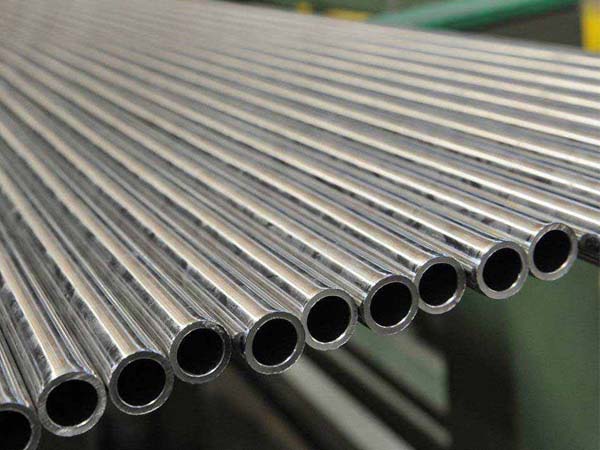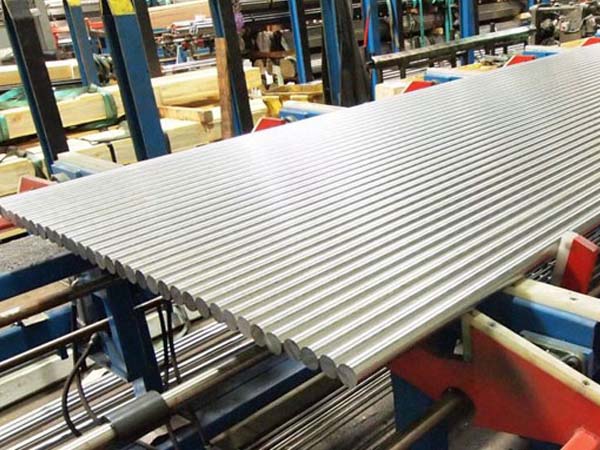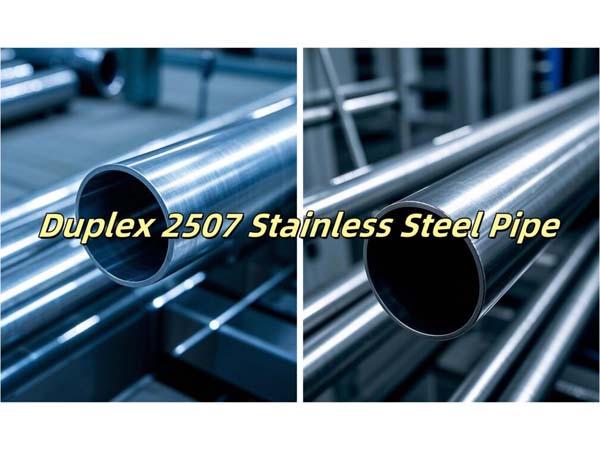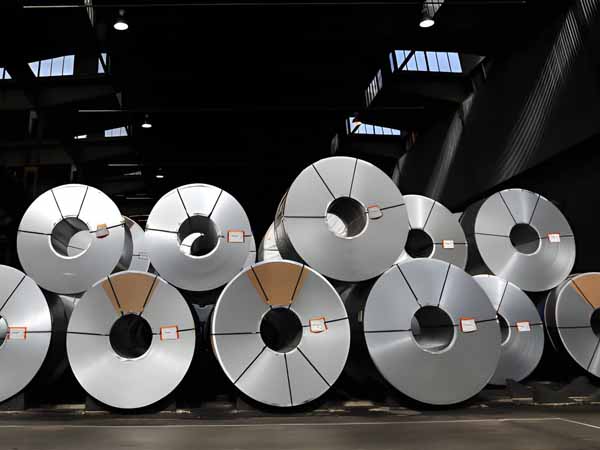





Phone
+86-731-82250427
Address
25th floor, C3 Building, Wanda Plaza, Kaifu District, Changsha, Hunan Province, China.
 May 16 2024
May 16 2024Stainless steel has become an indispensable material in the home appliance manufacturing industry, known for its durability, aesthetic appeal, and versatility. This article explores the various applications of stainless steel in this sector and highlights its advantages, helping manufacturers and consumers understand why it remains a material of choice.
Advantages of Stainless Steel in Home Appliances
Durability and Longevity:
Stainless steel is highly resistant to corrosion, rust, and staining, making it ideal for home appliances exposed to moisture and varying temperatures. This durability ensures that appliances have a longer lifespan, providing better value for consumers.
Aesthetic Appeal:
The sleek, modern look of stainless steel enhances the aesthetic appeal of home appliances. Its reflective surface can complement any kitchen or home decor, giving a touch of sophistication and elegance.
Hygiene and Cleanliness:
Stainless steel is non-porous, which means it does not harbor bacteria or germs. This makes it an excellent choice for appliances that require high hygiene standards, such as refrigerators, ovens, and dishwashers. It is also easy to clean, requiring minimal maintenance to keep it looking new.
Heat and Fire Resistance:
Appliances like ovens and cooktops benefit from stainless steel's excellent heat and fire resistance. It can withstand high temperatures without warping or degrading, ensuring safety and functionality in cooking applications.

Common Applications in Home Appliances
Refrigerators:
Stainless steel is widely used in the exterior panels of refrigerators due to its durability and modern look. Inside, stainless steel shelving and liners are preferred for their hygienic properties and ease of cleaning.
Ovens and Cooktops:
The high heat resistance of stainless steel makes it ideal for ovens and cooktops. It is commonly used for the outer casing, control panels, and cooking surfaces. The material can handle the intense heat while providing a sleek, easy-to-clean surface.
Dishwashers:
Inside dishwashers, stainless steel is used for tubs and racks. Its resistance to rust and staining ensures that the dishwasher remains in good condition despite constant exposure to water and detergents.
Microwaves:
Many microwaves feature stainless steel interiors and exteriors. The material not only adds to the appliance's durability but also enhances its appearance, making it a popular choice for modern kitchen designs.
Small Appliances:
Stainless steel is also prevalent in smaller kitchen appliances like toasters, coffee makers, and blenders. Its robustness and aesthetic appeal make it suitable for items that are frequently used and displayed on kitchen countertops.

Future Trends and Innovations
As technology advances, the use of stainless steel in home appliances continues to evolve. Innovations such as fingerprint-resistant coatings are being developed to address one of the few drawbacks of stainless steel: its tendency to show fingerprints and smudges. Additionally, manufacturers are exploring new alloy compositions to enhance the material's properties further, such as increasing its resistance to wear and tear.
Conclusion
Stainless steel's unique combination of durability, aesthetic appeal, hygiene, and heat resistance makes it a cornerstone of the home appliance manufacturing industry. Its widespread use in refrigerators, ovens, dishwashers, microwaves, and small appliances underscores its versatility and enduring popularity. As the industry continues to innovate, stainless steel will undoubtedly remain a vital material, contributing to the creation of high-quality, long-lasting, and attractive home appliances.
